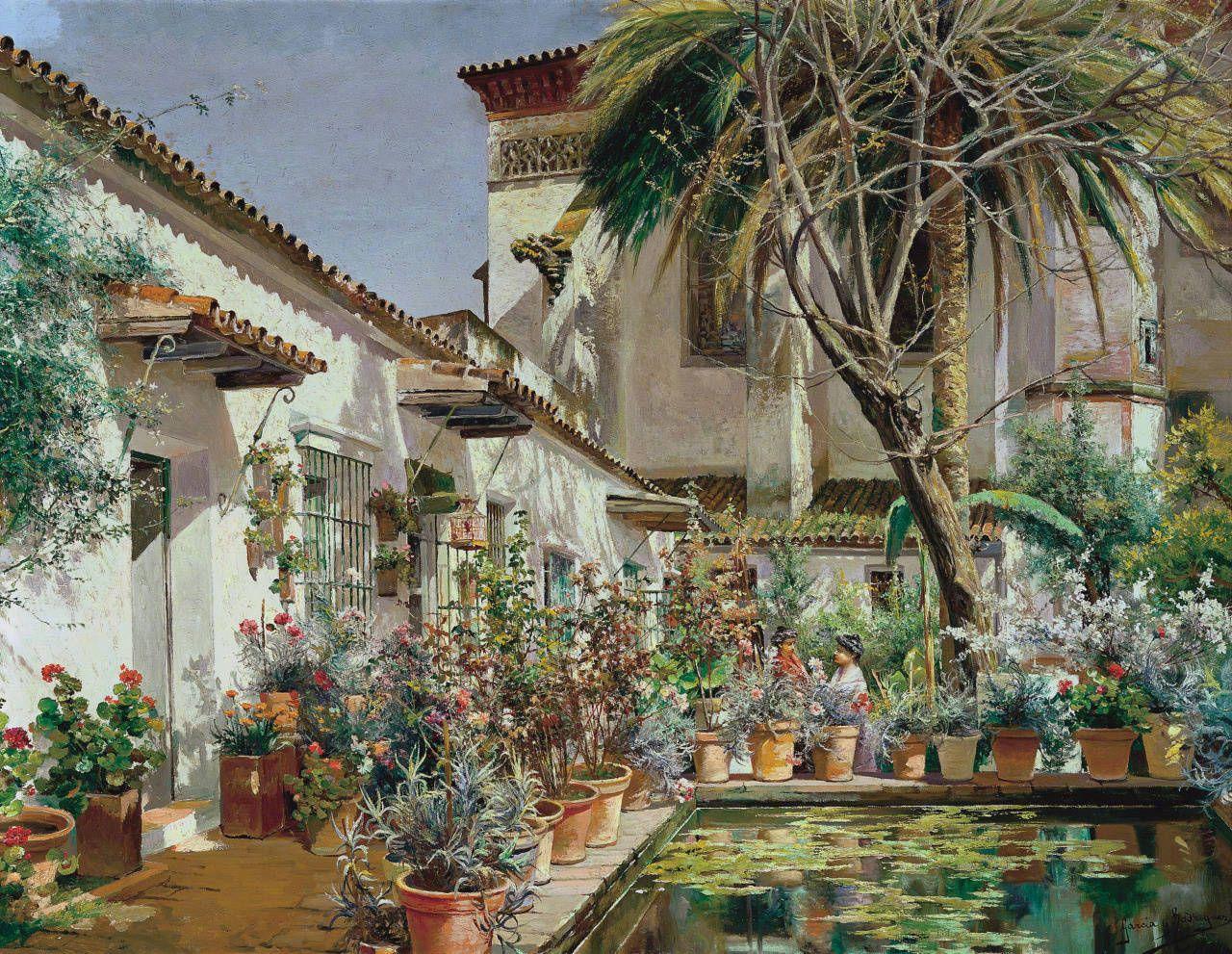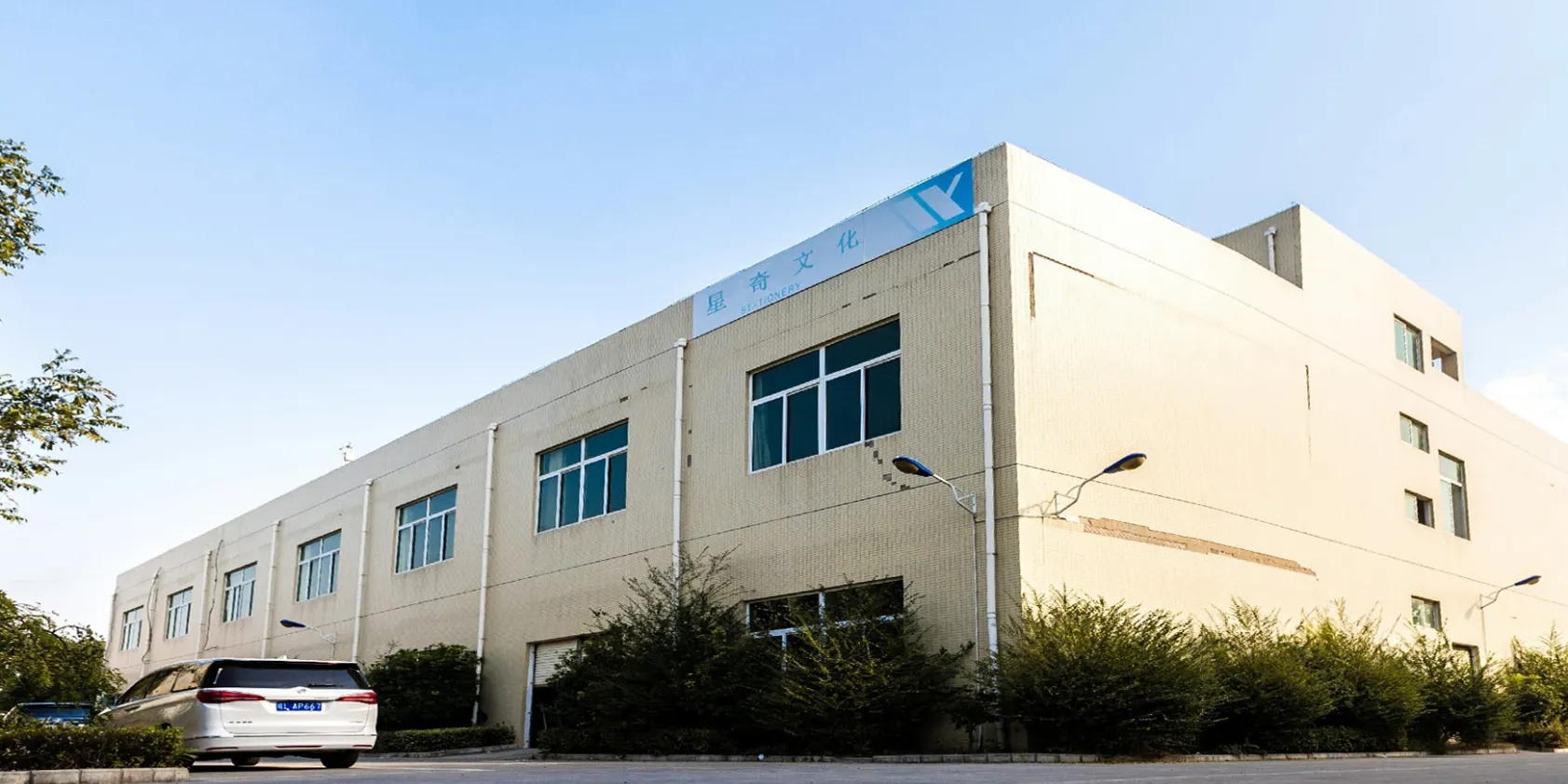Difference between watercolour, gouache, acrylic and oil painting
Gouache pigments:Composed of powdery materials with some covering ability, most pigments are opaque. Most of the pigments are opaque. Lemon yellow, ultramarine, rose red are somewhat transparent. The pigments are washed with water and dry quickly.
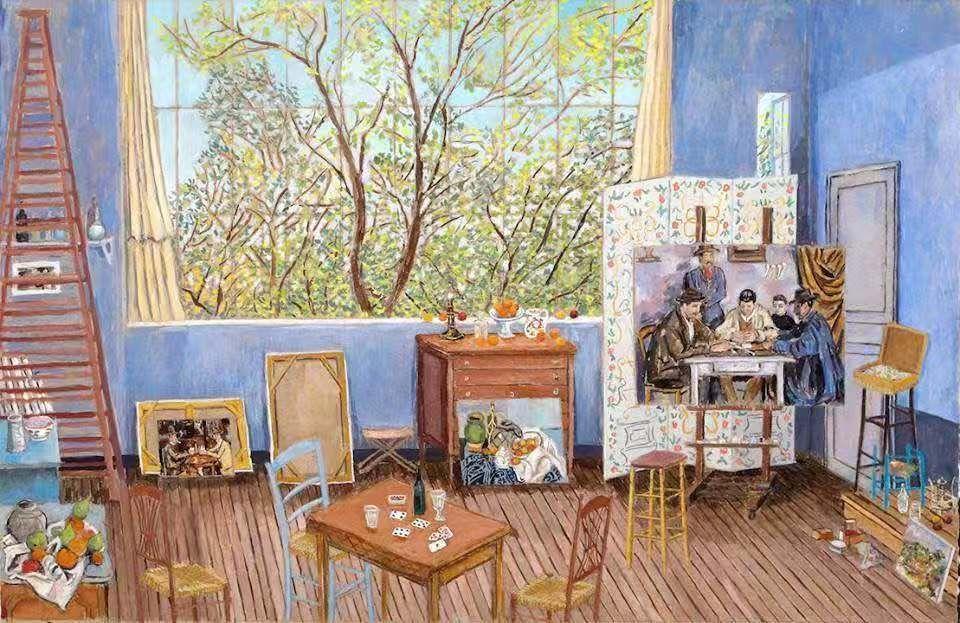
Watercolour paints (available in solid and tin tubes): very transparent, mix with water; the amount of water determines the brightness of the colours; the colours dry quickly. Watercolour paints should be good at controlling water in order to paint well.
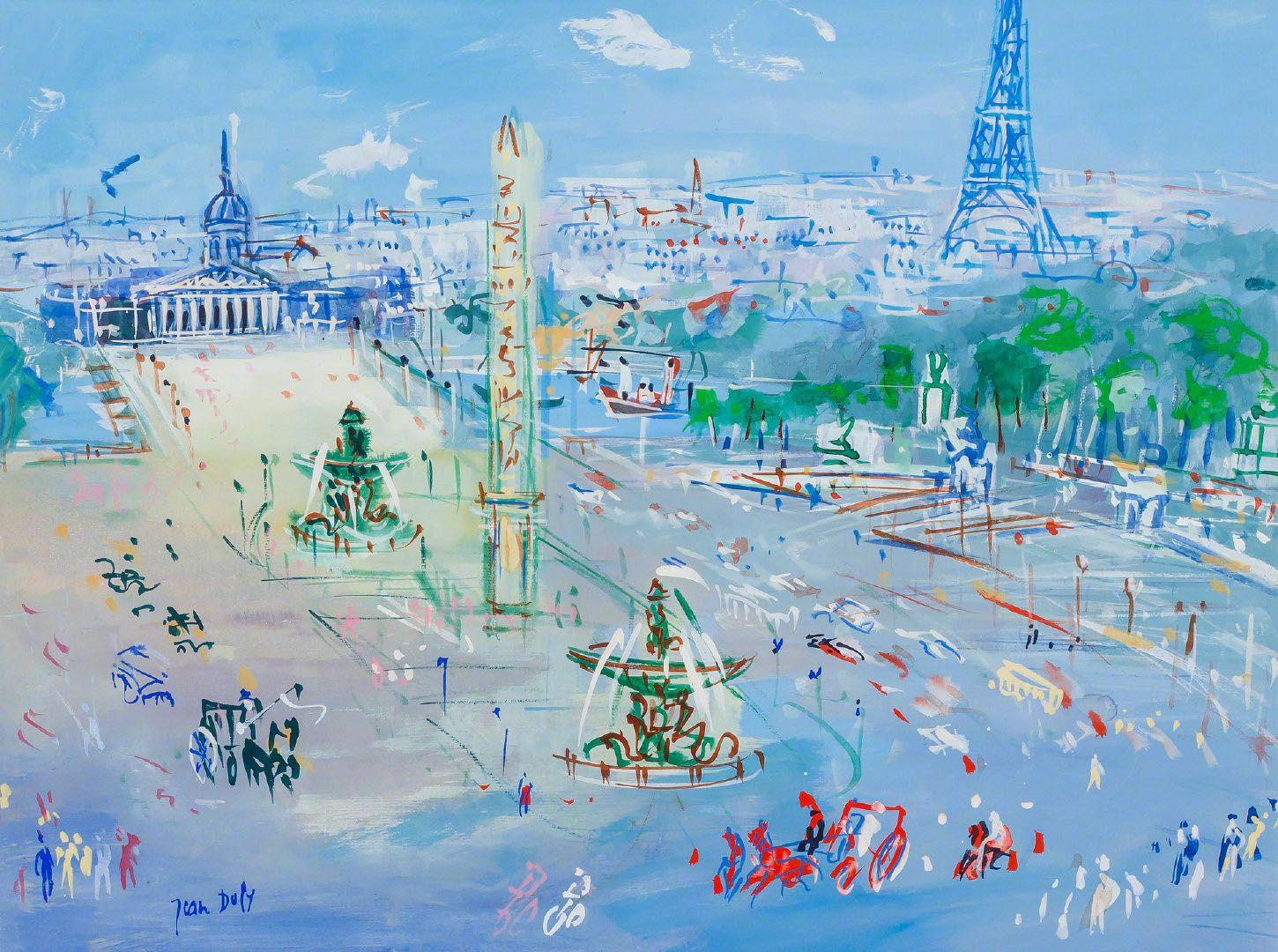
Oil paints: have the ability to cover as well as being transparent. The pigments are in oil medium; they need to be cleaned with turpentine or thinner. The pigments are slow to dry and take a while to dry completely.
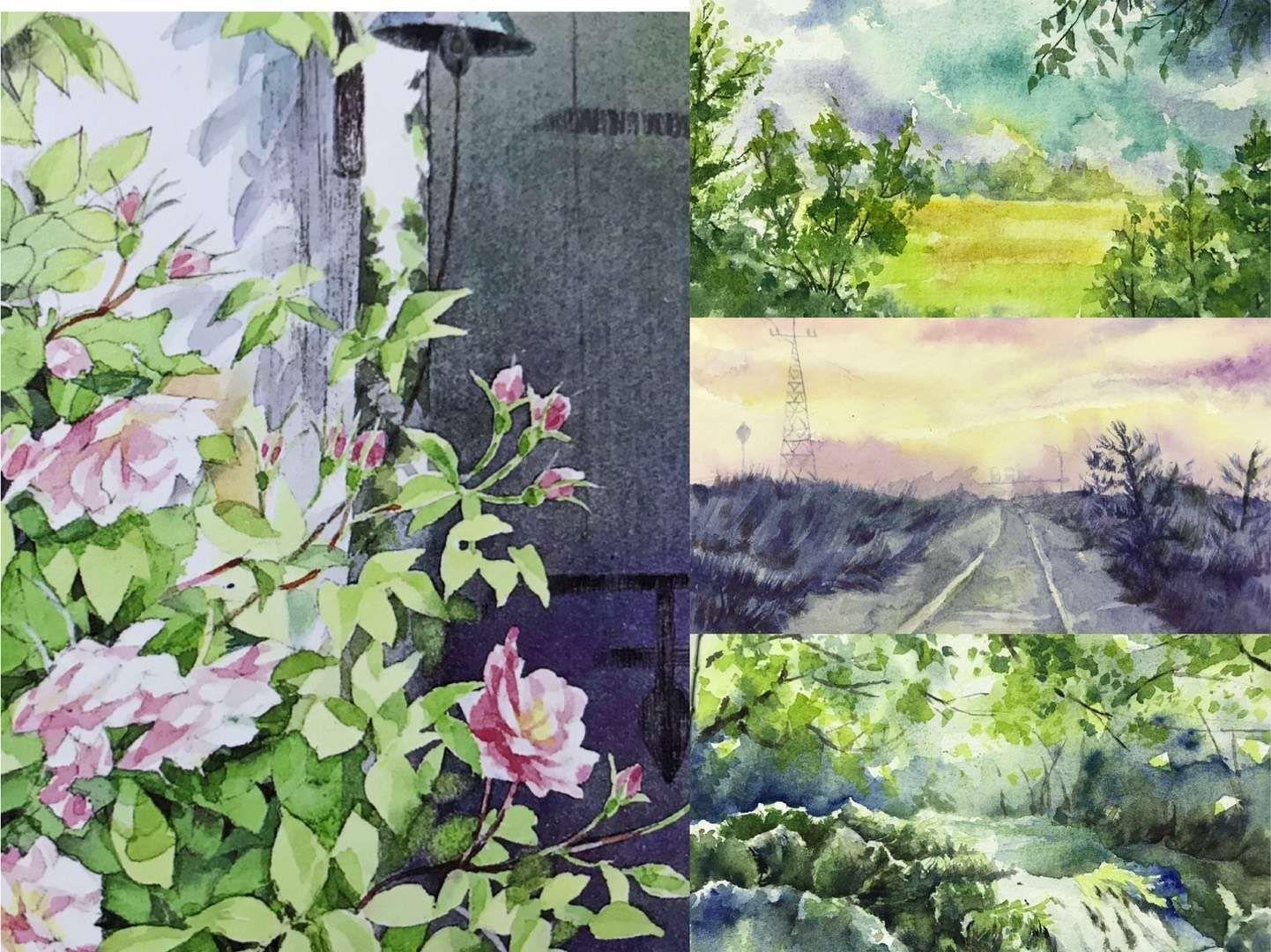
Acrylic paint pigment: has a certain covering ability and transparency of water blending, fast drying. Bright colours, not too easy to adjust the dirty, after drying the surface of the gel film. Wall painting and hand-painted clothes and shoes generally choose acrylic.
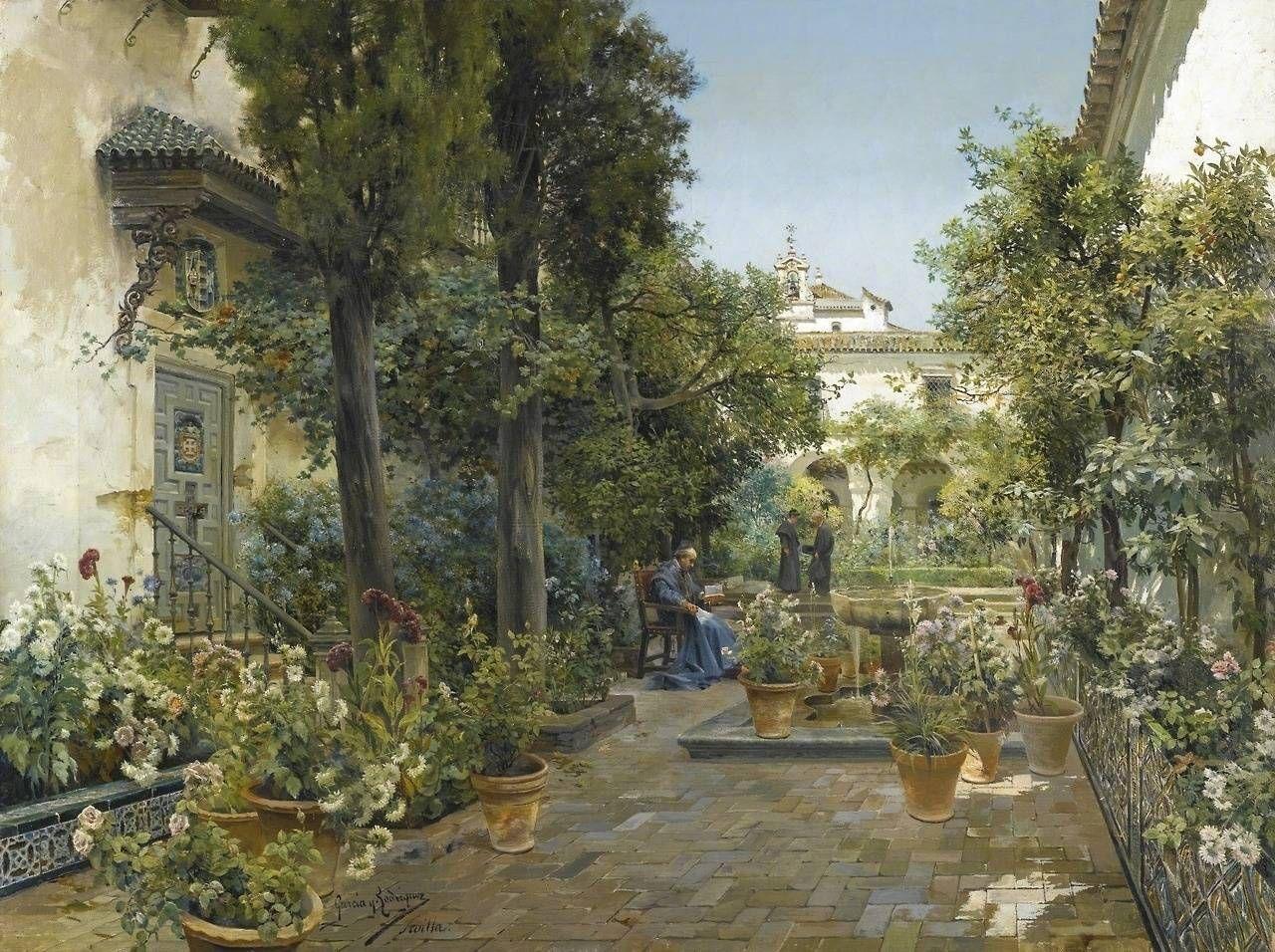
Gouache:Sketch paper or gouache paper Tape Gouache brushes Scalloped brushes Brush wash bucket Colour palette or palette paper Palette box Easel board Absorbent sponge or towel
Watercolour:Watercolour paper, tape, palette, palette box, easel board, spray can, white-out solution, watercolour pencils or brushes.
Acrylics:Sketch paper, oil painting frame, adhesive tape, watercolour brushes, fan-shaped brushes, brush washer, palette or palette paper, palette box, easel board, absorbent sponge or towel.
Oil paintings: oil painting frame, easel, palette
Oil painting frame Easel Palette Oil pot Brush wash bucket Oil paintbrush Fan brush Turpentine (buy odourless) or thinner Colour mixing oil. For one-off coverage, oils and turpentine are enough, but for classical realism, more oils are needed.
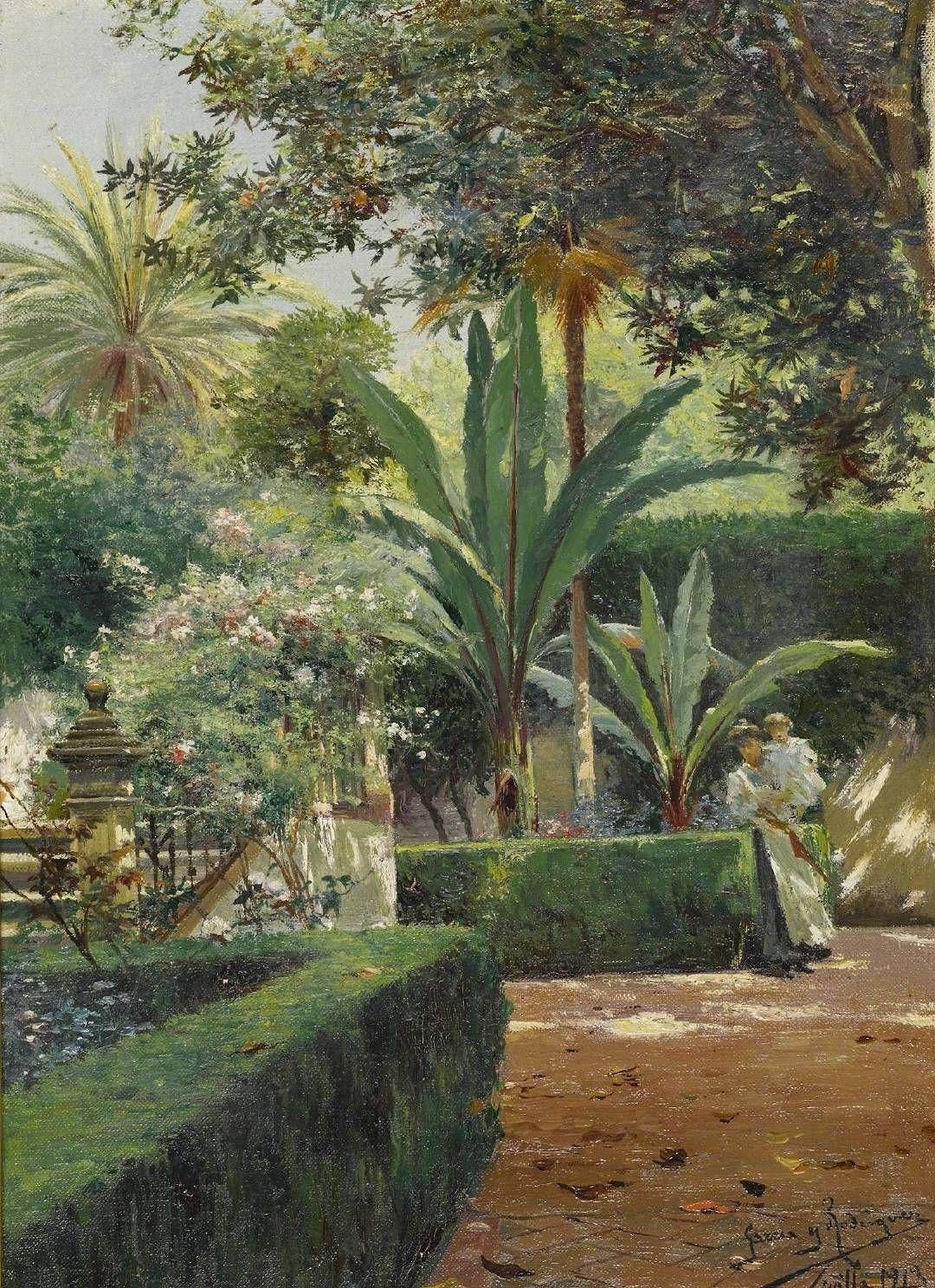
Feeling
Watercolour: bright, fresh, natural and transparent
Gouache: simple and bright
Oil painting: heavy, strong sense of texture.
Acrylic: can have the certain feeling of oil painting and watercolour.
